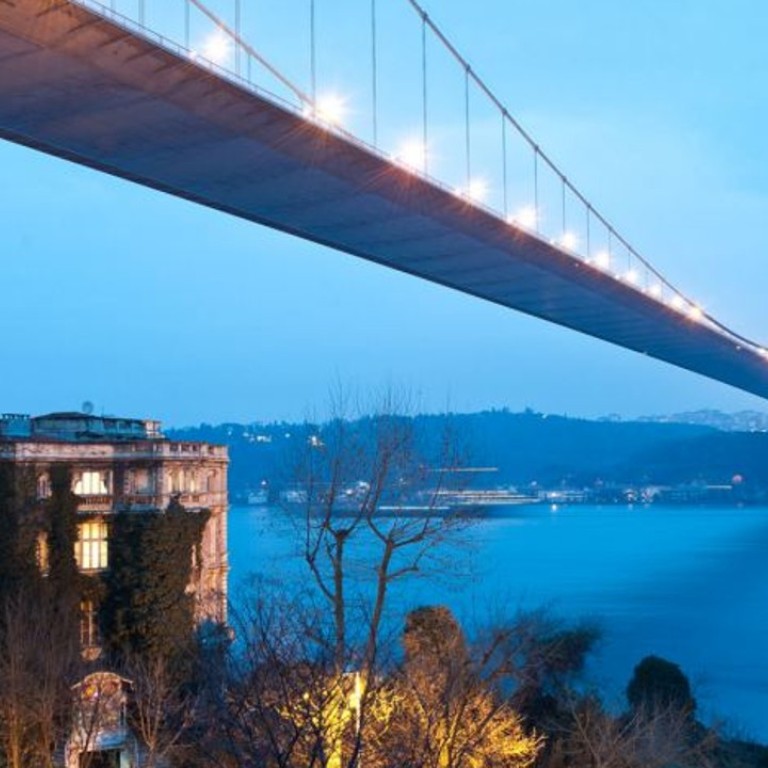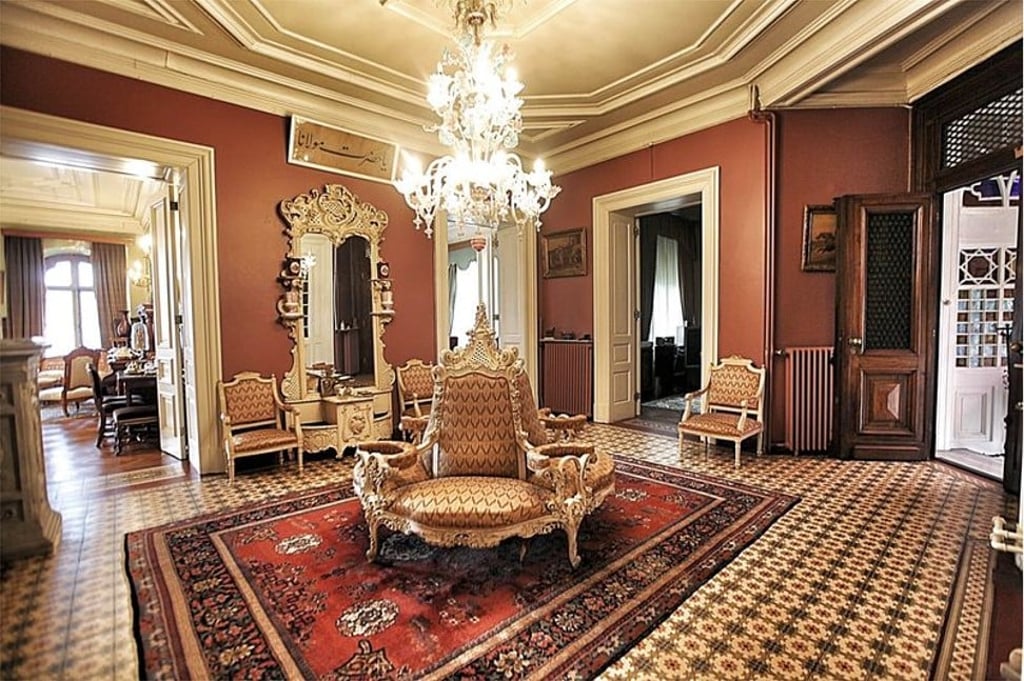Is sale of US$95 million Istanbul royal ‘palace’ a bridge too far?

Sultanate’s former residence – owned by same family for 85 years – stands right under an eight-lane suspension bridge and has been on market for five years
By the late 19th century, the Ottoman Empire was limping towards oblivion. A fragmented agglomeration of countries, ethnicities and languages, the empire was under-funded and crumbling from within.
Its third-to-last, increasingly repressive sultan, Abdul Hamid II, was forced to abdicate in 1909.
Shortly before that, one of his ministers, Müşir Zeki Pasa, began work on a massive, 26,900-square-foot (2,500 square-metre) Istanbul mansion, in Turkey, on the bank of the Bosphorus – the strait separating Europe from the Anatolian peninsula of western Asia.
Designed by the French architect Alexandre Vallaury, the five-storey building had manicured gardens, a ground-floor hammam, or Turkish bath, grand windows overlooking the strait, and lavish ornamentation.
When the sultan fell, most of his ministers did, too, and Zeki Pasa went into exile.
The mansion – a palace, really – was transferred to the royal family and deeded to the last Ottoman sultan’s youngest daughter, Sahiba Sultan, and her husband (who was also her cousin), Ömer Faruk.
After the sultanate was abolished in 1922, the princess and her family fled to southern France.
